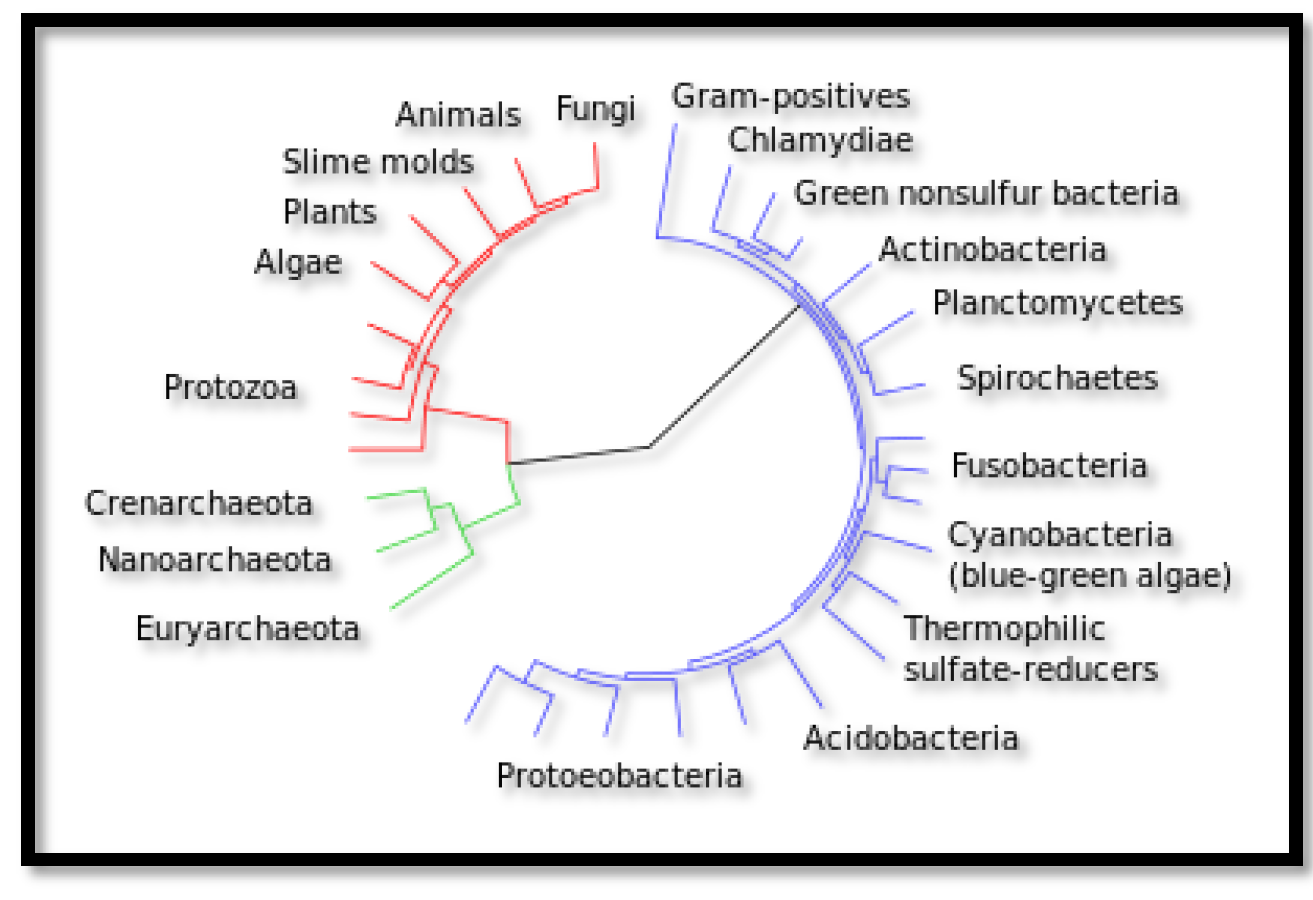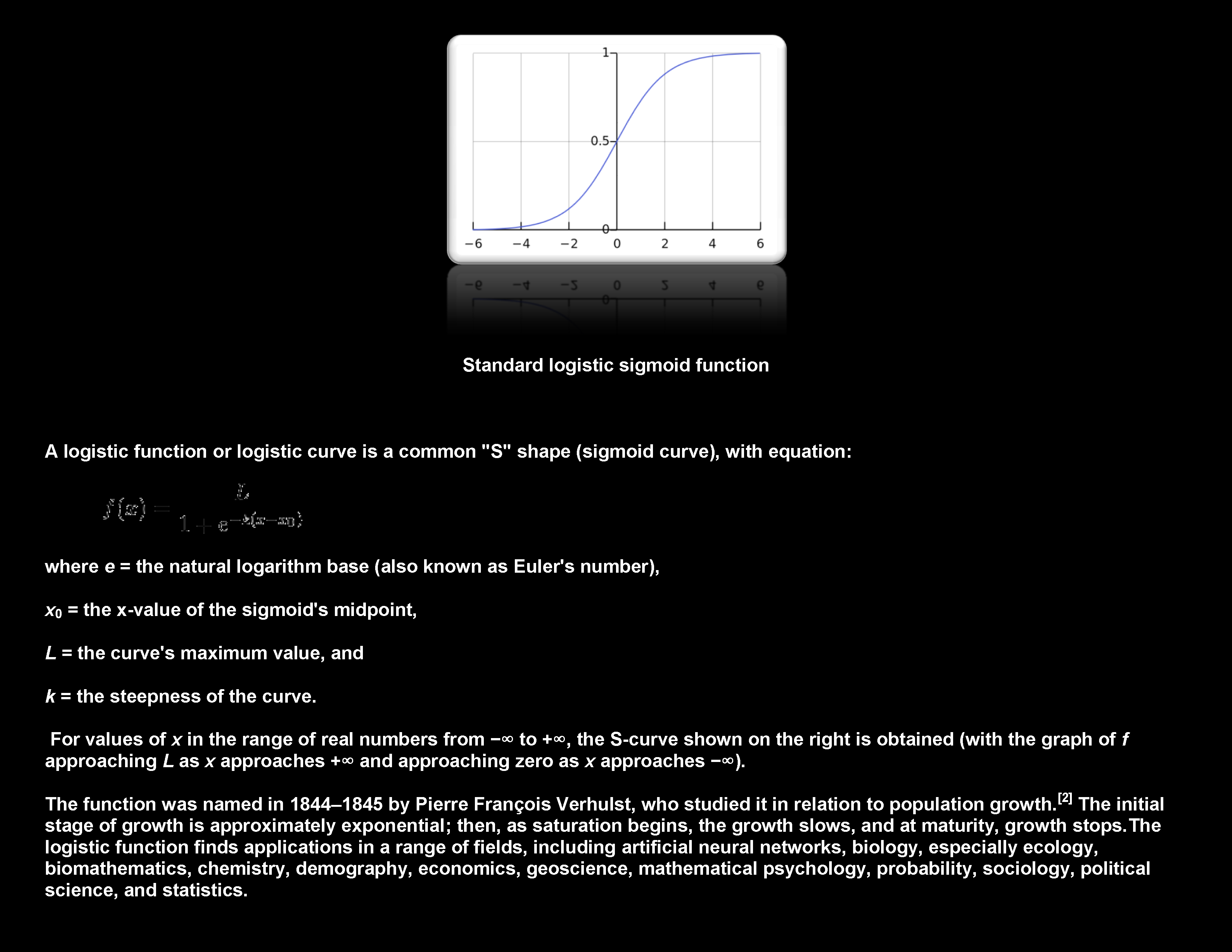Click on image to enlarge…
 This is where claims are being made that certain traits or alleles of genes segregating within a population “might” be subject to process of selection.
This is where claims are being made that certain traits or alleles of genes segregating within a population “might” be subject to process of selection.
Now in imposing this hypothesis, what is being suggested is that a selection of individuals with advantages or “adaptive” traits tend to be more successful than their peers.
Thus, this hypothesis is attempting to suppose meaning that they reproductively contribute more offspring to the succeeding generation than others do, inferring that the “adaptive” traits are biologically inspired on a cellular level.
In this argument, it is being asserted that these traits have a genetic basis and in the “adaptive” selection they can increase the prevalence of those traits, because offspring will inherit those traits from their parents.
Additionally, it is claimed that when this selection is intense and persistent, adaptive traits become universal to the population or species, which may then be said to have evolved.
Proponents theorize that these “memes” are a viral phenomenon that may evolve by natural selection in a manner analogous to that of biological evolution.
Now…realize that “may evolve” isn’t an absolute and that “theorize” is really just a Overactive Critical Imagination (OCI)!
Active artificial imagination isn’t necessarily a bad thing on it’s own but, when it is introduced as an academically supported finding that is absent the merits of fact…well then, it should be recognized for what it is, artificial!
In popularizing a gene-centered view of evolution, the Ancient Greek’s Ptolemaic system, which is also refereed to as genocentric, becomes the outdated or “Old School” version.
Richard Dawkins used the term “selfish gene” as a way of popularizing his gene-centered view of evolution.
Dawkins’ words; natural selection favors genes that build survival machines (later called vehicles to include both individuals and some “whole classes of organisms”, and more flamboyantly, “gigantic lumbering robots”.
In other words, according to genocentrism, organisms evolve as elaborate contraptions constructed and controlled by genes, and evolution selects among these competing phenotypes or “interactors”, not by altering the activity or form of the underlying genes (“replicators”), but simply by proliferating those mutated instructions that engender construction of the most successful survival machines.
Genomics
This is a discipline in genetics that applies recombinant DNA, DNA sequencing methods, and bioinformatics to sequence, assemble, and analyze the function and structure of genomes (the complete set of DNA within a single cell of an organism).
Research of single genes does not fall into the definition of genomics unless the aim of this genetic, pathway, and functional information analysis is to elucidate its effect on, place in, and response to the entire genome’s networks.
Interdisciplinarity
The term interdisciplinary is applied within education and training pedagogies (the art of teaching) to describe studies that use methods and insights of several established disciplines or traditional fields of study.
Interdisciplinarity involves researchers, students, and teachers in the goals of connecting and integrating several academic schools of thought, professions, or technologies—along with their “specific perspectives” in the pursuit of a common task.
Mathematical and theoretical biology
These “Specific Perspectives” in the field of theoretical biology may choose to infer mathematical biology or biomathematics in order to stress the mathematical side, or as theoretical biology, not necessarily the actual cellular biology.
For example, in cell biology, protein interactions are often represented as “cartoon” models, which, although easy to visualize, do not accurately describe the systems being studied.
Click on image to enlarge…
 Thus the result of this phenotypic evolution, it is claimed, is to identify gene populations as an evolutionarily human gene strategy that replicates or imitates mutated instructions., not an evolutionarily form of cellular structured biological mutation.
Thus the result of this phenotypic evolution, it is claimed, is to identify gene populations as an evolutionarily human gene strategy that replicates or imitates mutated instructions., not an evolutionarily form of cellular structured biological mutation.
Writing with the Veiled…
 This is where claims are being made that certain traits or alleles of genes segregating within a population “might” be subject to process of selection.
This is where claims are being made that certain traits or alleles of genes segregating within a population “might” be subject to process of selection.
